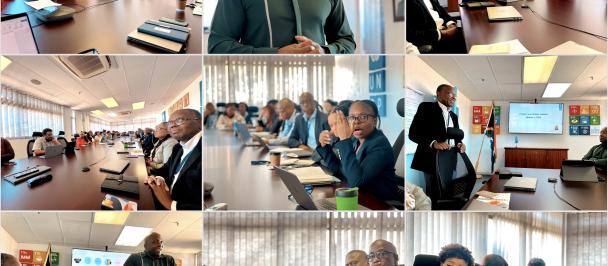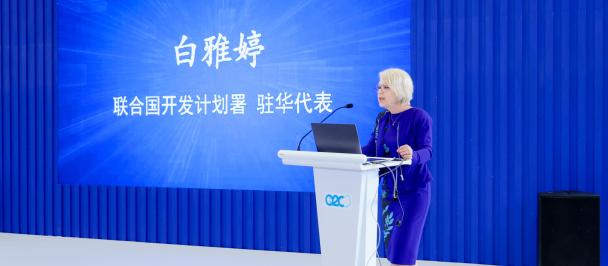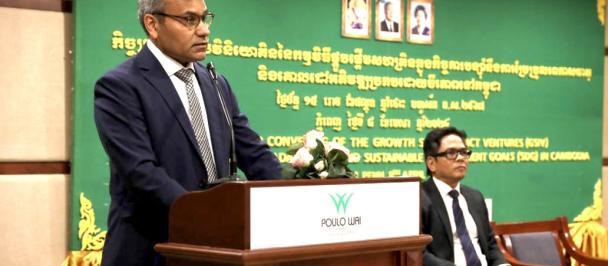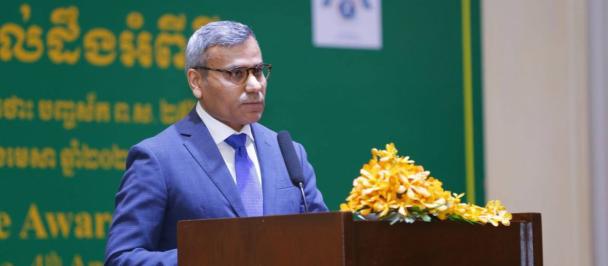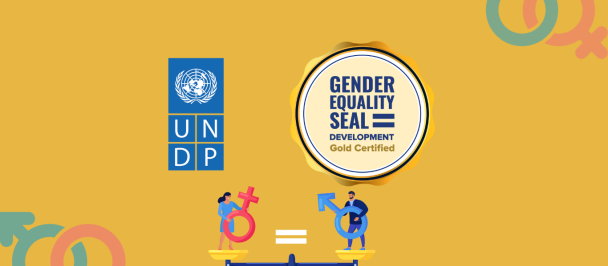Remarks by Maria Suokko, UNDP Resident representative at the panel discussion on “Artificial Intelligence: Gender and ethical considerations”
March 18, 2023
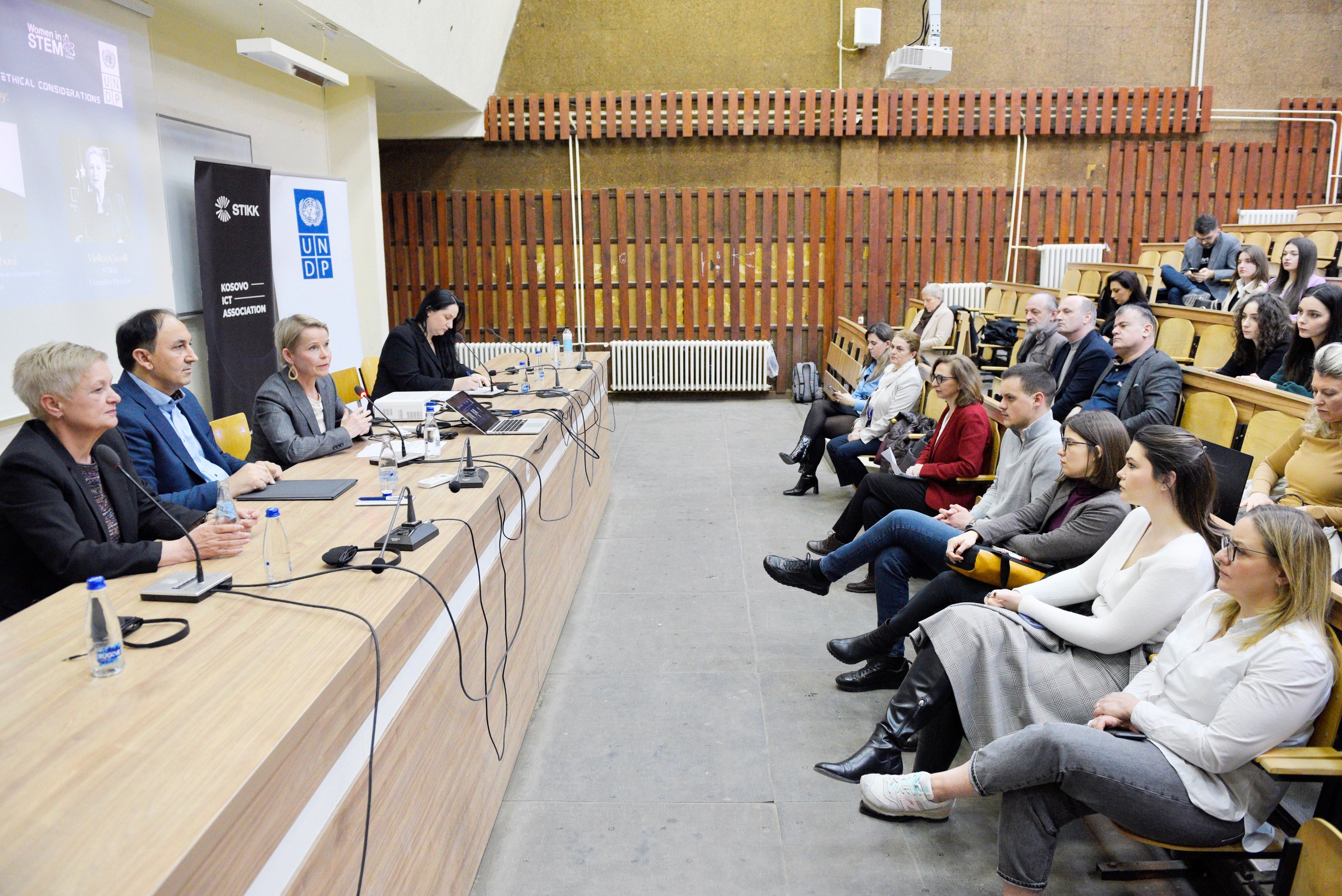
Dear Mr. Shabani, Dean of the Faculty of Electrical and Computer Engineering
Dear Ms. Çavolli, Executive director at STIKK
Dear Professors & students,
Ladies & gentlemen,
I am very pleased to be with you here today – at the event that is focused on a topic which affects all of our lives: Artificial Intelligence.
Artificial Intelligence is constantly changing the world we live in. AI transforms our societies and challenges what it means to be human.
AI is shaping the future of humanity across nearly every area of life – and every sector of economy. It affects how we move around, how things we use are produced, how we work, how we receive health care, how we learn, how we communicate – and how we are served as customers.
AI is already the main driver of emerging technologies like big data, robotics — not to mention generative AI, with tools like ChatGPT. AI will continue to spur innovation for the foreseeable future, and we should be ready to use the advantages that come with it.
While AI brings along amazing new opportunities and solutions – it is also important that we reflect on how it affects us, and our role as humans in the world and as individuals – women and men - in society.
With all the benefits that AI brings along, AI technologies also generate risks and challenges – derived from malicious use of technology or data biases, potentially resulting in deepening inequalities and divides. AI is also impacting the academic world as well as professional settings. The opportunities provided by AI should be harnessed as much as possible – while having in mind all the ethical considerations that are associated with it.
How do we promote a human-centred AI? How do we ensure that AI works for the greater interest of the people – women and men equally?
How do we ensure fair, equal, and democratic Artificial Intelligence? Until AI systems reflect our society in all its diversity, AI will cause more problems than it solves.
How does AI impact gender equality?
We know that the world of work is changing. The use of AI technologies will affect women’s opportunities for work, and their position, status, and treatment in the workplace.
With AI, some professions will seize to exist, but new professions will emerge. What will tomorrow’s labour market look like for women? How can we harness the power of AI to narrow gender equality gaps in the labour market? How do we harness AI to eliminate gender biases in general - and especially in the workplace?
We know that there is a risk that gender biases and stereotypes are powered by AI.
AI appears neutral, but it's made by humans and uses data that is produced by humans, which means it internalizes all the same biases as we have - including gender bias. AI profiles reflect gender stereotypes in society and of those that create AI solutions.
The high number of men in the sector (worldwide around 80% men, compared to 20% women) also brings biases. Typically, AI robot assistants tend to be women, deriving from the stereotypes, roles and expectations that are for women among humans.
So, this brings us to the question of how do we get more women at the forefront of AI design and development? How do we manage data biases and ensure diversity?
We are proud to be organizing this event together with STIKK and its Digi Women Cluster, the Women in STEM Network and the Faculty of Electrical and Computer Engineering in the University of Prishtina – as a contribution to this year’s theme of the Commission of the Status of Women: ‘Innovation and technological change, and education in the digital age for achieving gender equality and the empowerment of all women and girls’.
I realize that I am asking more questions than providing answers or examples, but I know that these questions will be discussed here today.
So, I am very much looking forward to this discussion, all the different perspectives that will be discussed – and the recommendations that will be generated on how to best harness new technologies and how to best mitigate some of the risks that they bring along.

 Locations
Locations